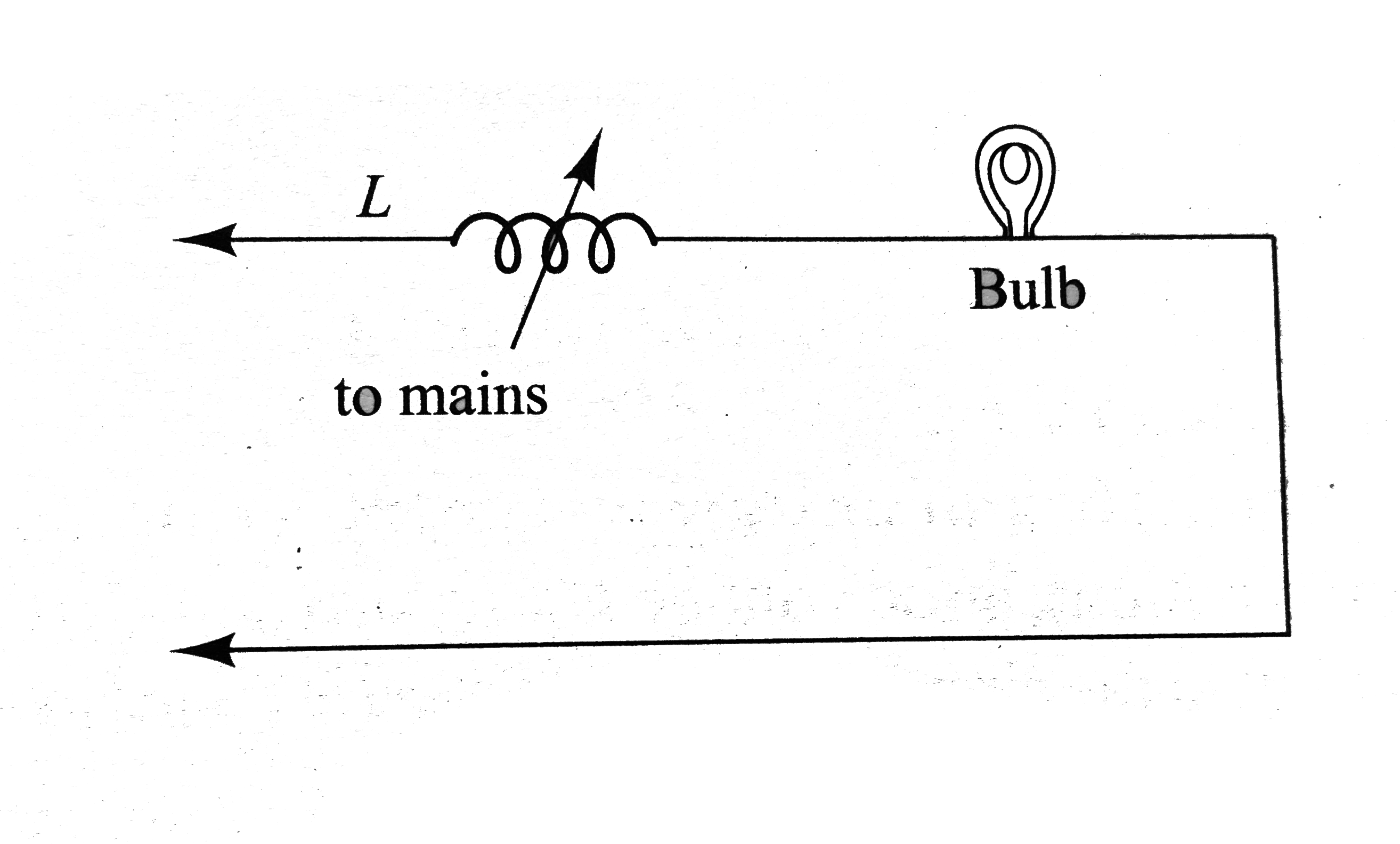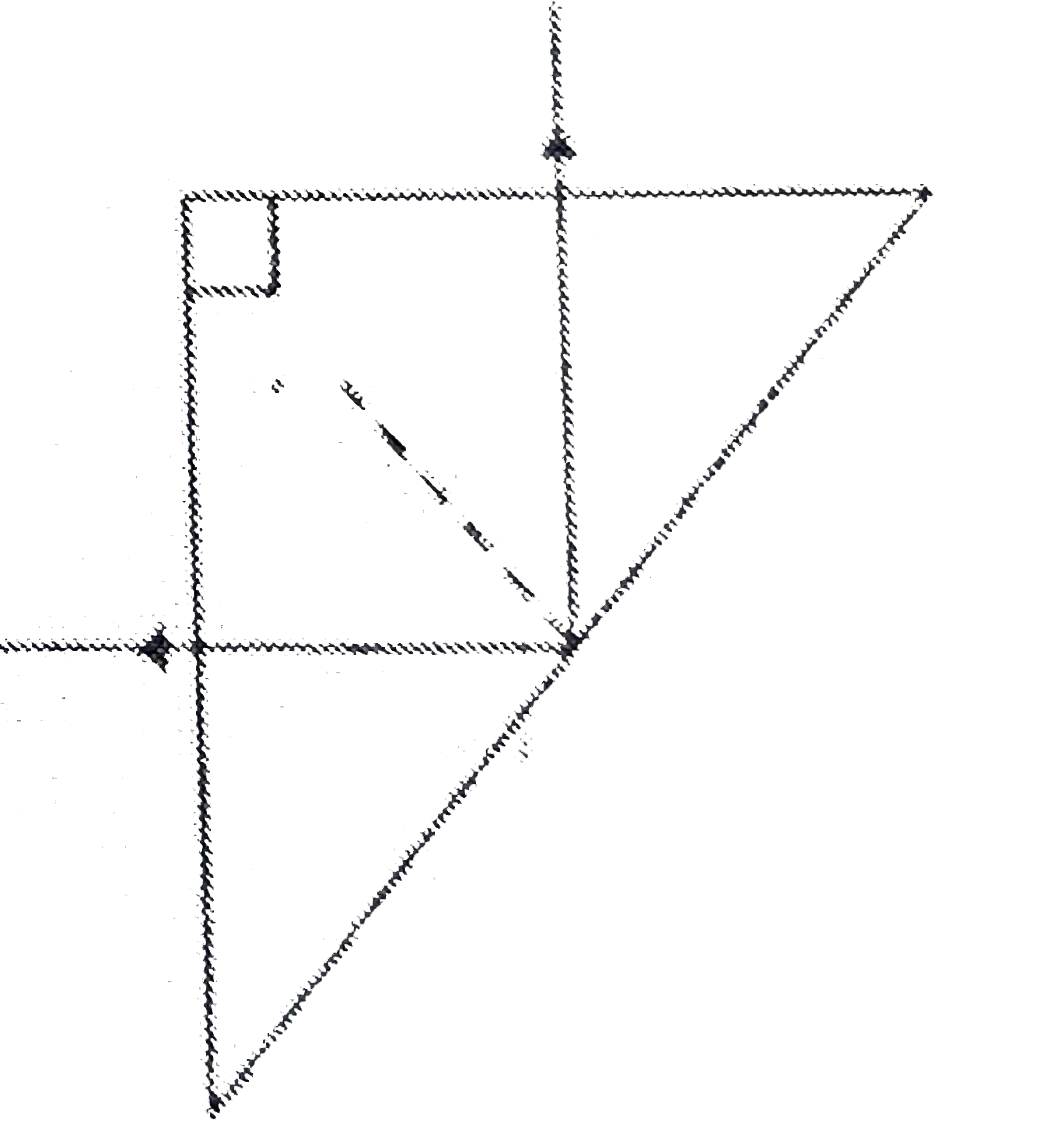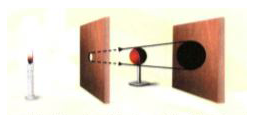In a typical nucleus, some regions of chromatin are stained light and others dark. Explain why is it so and what is its significane ?
Step-by-Step Solution:
1. Understanding Chromatin Structure:
- The nucleus of a cell contains chromatin, which is a complex of DNA and proteins. Chromatin can exist in two forms: euchromatin and heterochromatin.
- Chromatin is the less condensed form of DNA, while chromosomes are the highly condensed form.
2. Differentiation of Chromatin Types:
- Euchromatin: This form of chromatin is loosely packed. The DNA strands are more spread out, allowing for easier access for transcription machinery. This results in euchromatin appearing lighter when stained.
- Heterochromatin: In contrast, heterochromatin is tightly packed. The DNA is more condensed, making it less accessible for transcription. As a result, heterochromatin appears darker when stained.
3. Staining Characteristics:
- The staining properties of chromatin are due to its structural differences. Heterochromatin retains more stain due to its dense packing, leading to a darker appearance. Conversely, euchromatin retains less stain, resulting in a lighter appearance.
4. Significance of Chromatin Types:
- The functional significance of these two types of chromatin is crucial:
- Heterochromatin: This type is transcriptionally inactive, meaning that the genes located in these regions are not expressed. It plays a role in maintaining the structural integrity of chromosomes and regulating gene expression.
- Euchromatin: This type is transcriptionally active, allowing genes to be expressed and proteins to be synthesized. It is essential for normal cellular functions and responses.
5. Conclusion:
- The light and dark staining of chromatin in the nucleus is a reflection of the structural differences between euchromatin and heterochromatin. This distinction is significant for understanding gene expression regulation and cellular function.
---
- The nucleus of a cell contains chromatin, which is a complex of DNA and proteins. Chromatin can exist in two forms: euchromatin and heterochromatin.
- Chromatin is the less condensed form of DNA, while chromosomes are the highly condensed form.
- Euchromatin: This form of chromatin is loosely packed. The DNA strands are more spread out, allowing for easier access for transcription machinery. This results in euchromatin appearing lighter when stained.
- Heterochromatin: In contrast, heterochromatin is tightly packed. The DNA is more condensed, making it less accessible for transcription. As a result, heterochromatin appears darker when stained.
- The staining properties of chromatin are due to its structural differences. Heterochromatin retains more stain due to its dense packing, leading to a darker appearance. Conversely, euchromatin retains less stain, resulting in a lighter appearance.
- The functional significance of these two types of chromatin is crucial:
- Heterochromatin: This type is transcriptionally inactive, meaning that the genes located in these regions are not expressed. It plays a role in maintaining the structural integrity of chromosomes and regulating gene expression.
- Euchromatin: This type is transcriptionally active, allowing genes to be expressed and proteins to be synthesized. It is essential for normal cellular functions and responses.
- The light and dark staining of chromatin in the nucleus is a reflection of the structural differences between euchromatin and heterochromatin. This distinction is significant for understanding gene expression regulation and cellular function.
Topper's Solved these Questions
- BOOK - XII BOARD PREVIOUS YEAR PAPER ENGLISHCHAPTER - XII BOARDSEXERCISE - BIOLOGY (Theory)[SET-I][Comptt.] Section -D1videos
XII BOARDS
- BOOK - XII BOARD PREVIOUS YEAR PAPER ENGLISHCHAPTER - XII BOARDSEXERCISE - BIOLOGY (Theory)[SET-I][Comptt.] Section -E7videos
XII BOARDS
- BOOK - XII BOARD PREVIOUS YEAR PAPER ENGLISHCHAPTER - XII BOARDSEXERCISE - BIOLOGY (Theory)[SET-I][Comptt.] Section-B6videos
XII BOARDS
- BOOK - XII BOARD PREVIOUS YEAR PAPER ENGLISHCHAPTER - SAMPLE PAPER 2019EXERCISE - Section E Part B3videos
SAMPLE PAPER 2019
Similar Questions
Knowledge Check
- Question 1 - Select One
Read the following satements and select the correct option.
Loosely packed and light stained region of chromation are called as heterochromatin.
(ii) Densely packed and dark stained region of chromatin are called as euchromatin.
(iii) A typical nucleosome contains 200 bp of DNA helix.AStatements (i) and (ii) are true , but statement (iii) is false.BStatement (i) and (ii) are false, but statement (iii) is true.CStatement (ii) and (iii) are true , but statement (i) is false.DAll the statements are true.
A typical light dimmer used to dim the stage lights in a theater consists of a variable induction for L (where inductance is adjustable between zero and Lmax) conneced in series with a light bulb B as shown in fig. the mains electrical supply is 220 V at 50 Hz, the light bulb is rated at 220 V, 1100 W. What (Lmax) is required if the rate of energy dissipated in the light blub is to be varied by a factor of 5 from its upper limits of 1100 W?
 View Solution
View SolutionSome varieties of wheat are known as spring wheat while others are called winter wheat. Former variety is sown and planted in spring and is harvested by the end of the same season. Hower winter varietis if planted in spring fail to flower or produce mature grains within a span of a flowering season . Explain, why?
View Solution(a) A mobile phone lies along the principal axis of a concave mirror. Show, with the help of a suitable diagram, the formation of its image. Explain why magnification is not uniform.
(b) Suppose the lower half of the concave mirror's reflecting surface is covered with an opaque material. What effect this will have on the image of the object? Explain.View Solution(i) Plot a graph to show variation of the angle of deviation as function of angle of incidence for light passing through a prism. Derive an expression for refractive index of the prism in terms of angle of minimum deviation and angles of prism.
(ii) What is dispersion of light ? Why is its cause ?
(iii) A ray of light incident normally on one face of a right isosceles prism is totally reflected as shown in fig . what must be the minimum value of refractive index of glass ? Give relevant calculations
 View Solution
View SolutionA prism of refractive index √32 and refracting angle is 45∘ is placed in air. One of the two refracting surface of the prism is silvered and a ray of monochromatic light enters the prism from the other face at an angle θ. If the ray retraces its path, then what is the value of θ (in degree)?
View SolutionA small pebble tied at one end of a string in placed near the periphery of a circular disc, at the centre of which the other end of the string is tied to a peg. The disc is rotating about an axis passing through its centre.
(a) What will be your observation when you are standing outside the disc? Explain.
(b) What will be your observation when you are standing at the centre of the disc? Explain.View SolutionThe stress strain graph for a metal wire is shown in the fig. Up to the point E, the wire returns to its original state O along the curve EPO, when it is gradually unloaded. Point B corresponds to the fracture of the wire.

(a) Up to what point on the curve is Hooke's law obeyed? (this point some times called proportional limits).
(b) Which point on the curve corresponding to elastic limit or yield point of the wire?
(c ) Indicate the elastic and plastic regions of the stress-strain graph.
(d) Describe what happens when the wire is loaded up to a stress corresponding to the point A on the graph and then unloaded gradually. In particular explain the dotted curve.
(e) What is peculiar about the portion of the stress- strain graph from C to B? Up to what stress can the wire be subjected without causing fracture?View Solution


